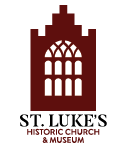While the Revolutionary War was by no means a religious conflict, there were religious overtones before and after. The Colony of Virginia was among the most restrictive in terms of its religious laws. Colonists, regardless of their religious persuasions, were taxed for the purposes of supporting the Anglican Church. Worship attendance was mandatory and other laws prevented dissenting groups from what would later be dubbed as “the free exercise of religion.” Baptist preachers were often arrested for preaching without the government-issued license, one of the 1689 Act of Toleration provisions. Only Anglican ministers were allowed to join couples in marriage and the Vestries (church boards) had enormous power, including the power to prosecute Colonists for moral misconduct. In this atmosphere, clergy were often disliked and distrusted by many of Virginia’s citizens. There was a shortage of clergy during the Colonial period and often the character of the ministers that did come from England was regarded with suspicion. The Bishop of London in 1751 wrote in a letter the following; “The people of the Country are discouraged from bringing up their children for the ministry …. Of those who are sent from thence, a great part are Scottish and Irish, who can get no employment at home and enter into the service more out of necessity than choice. Some others are willing to go abroad to retrieve either lost fortunes or lost characters.”¹ An exception to the above quote was the Rev. John Camm, who came over from England and became the Rector at the Newport Parish in Isle of Wight County, later known as St. Luke’s. Camm was a minister of high regard who had received his Doctorate in Divinity.
While he was ordained by the Bishop of London in 1742, it was not until the following decade that Rev. Camm made a name for himself as an agitator. The issue concerned the rise of tobacco prices because of poor weather conditions in the years 1755 and 1758. This benefited the ministers of Virginia whose salary was tied to the tobacco price. In these lean years, the price of tobacco rose from 2 cents a pound to 6 cents a pound, thus artificially raising the cost of the minister’s salaries and putting what the Colonists believed was an undue financial burden on the various parishes of the Colony. The House of Burgesses responded by passing legislation that held their salaries to the two penny per pound level. Some objected, but in 1758 John Camm and a handful of other Anglican clergy protested outright. For this perceived disrespect to the House of Burgesses and to Camm’s employer, the College of William & Mary, Camm was removed from his role as Professor of Divinity. In 1759 Camm went back to England to plead the case of his fellow clergy. The Privy Council agreed with Camm and sought to rescind the Two Penny Act of 1758. By the time Camm returned the Act had already gone beyond its usefulness, but several clergy continued to sue for back pay. Camm wrote a scathing pamphlet in 1763 entitled; A Single and Distinct View of the Act, Vulgarly entitled, the Two-Penny Act. Two prominent Burgesses, Landon Carter, and Richard Bland denounced Camm’s work. Camm defended himself and decried that the Two Penny Act; “encroached on the king’s authority, damaged the church, and undermined justice, property, and commerce.”² This led to the famous “Parson’s Cause” of 1763.
A young Patrick Henry represented the case for the Vestry of Hanover against the Plaintiff, the Rev. James Maury. While Maury won his case, Henry was able to persuade the jury to award the Rev Maury with a single penny, thus thumbing their noses at the Privy Council and His Majesty King George. While Henry’s oratory and fame have been exaggerated, the case did put him in good stead with many of the leading Virginia legislators. Meanwhile, Camm was reinstated to his post at the College. In 1771 Camm became the President of the College of William & Mary, despite being terribly unpopular amongst the Tidewater Virginia Gentry for his aggressive actions against the General Assembly. He lasted in the post until he was replaced in 1777 by the sole Patriot faculty member, the Rev. James Madison (later the first Bishop for the Diocese of Virginia of the Protestant Episcopal Church and eighth President of the College of William & Mary. Rev. Madison was a cousin to the Fourth President of the same name). Rev. Camm was also the rector of Bruton Parish Church and the Yorkhampton Parish. Camm had a crest with words inscribed; “Descite justitiam moniti,” translated; “having been warned, learn justice.”³
Upon his death in 1779 the General Court appraised his wealth and found that he owned more than 20 enslaved people as well as china, expensive furnishings and other luxury items.
To learn more about this story listen to our latest podcast episode from History from the Old Brick Church. https://historyfromtheoldbrickchurch.buzzsprout.com/1913392/13642120-stories-from-the-newport-parish-clergy-tobacco-and-the-road-to-revolution
Footnotes:
- Isaac, Rhys. “Religion and Authority: Problems of the Anglican Establishment in Virginia in the Era of the Great Awakening and the Parsons’ Cause.” The William and Mary Quarterly 30, no. 1 (1973): 4–36. https://doi.org/10.2307/1923701.
- “Sketch of John Camm.” The William and Mary Quarterly 19, no. 1 (1910): 28–30. https://doi.org/10.2307/1921416.
Additional Sources:
Ragosta, John A. “Fighting for Freedom: Virginia Dissenters’ Struggle for Religious Liberty during the American Revolution.” The Virginia Magazine of History and Biography 116, no. 3 (2008): 226–61. http://www.jstor.org/stable/27740443.
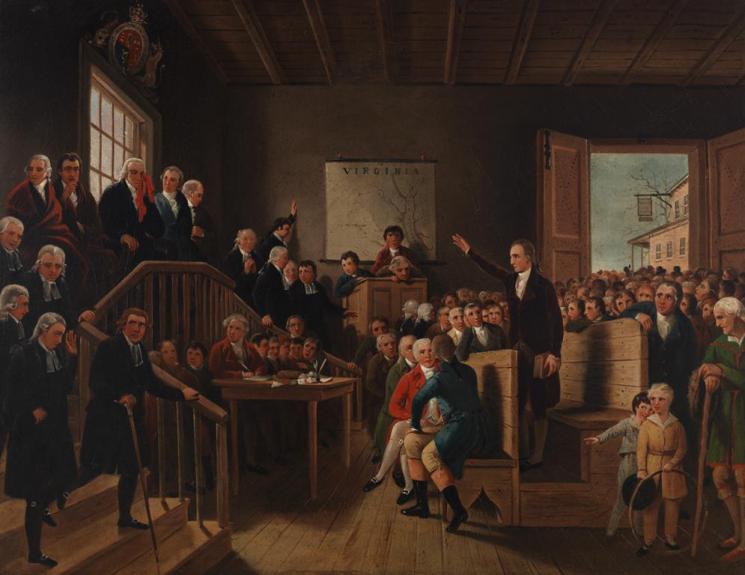
Above: Patrick Henry Arguing Parsons’ Cause at Hanover Courthouse,” by George Cooke, first half of the 19th Century (VMHC 1965.2).
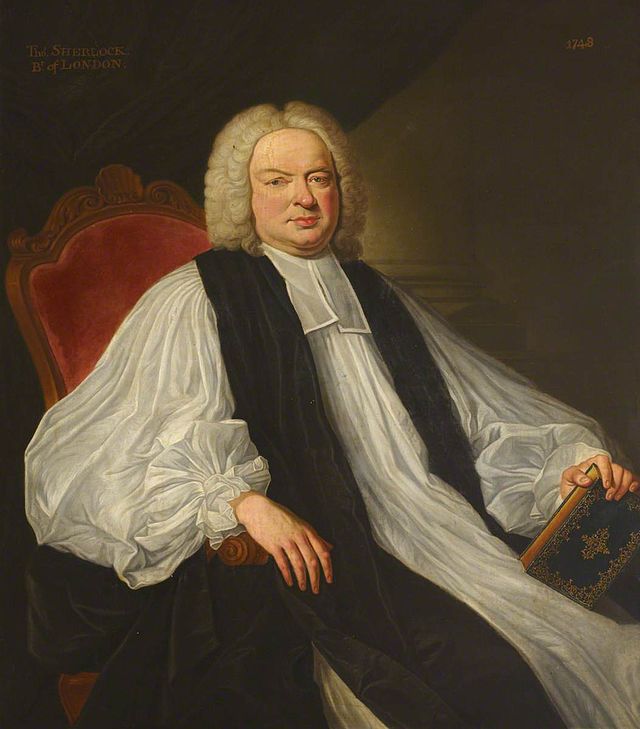
Above: Bishop of London, Thomas Sherlock
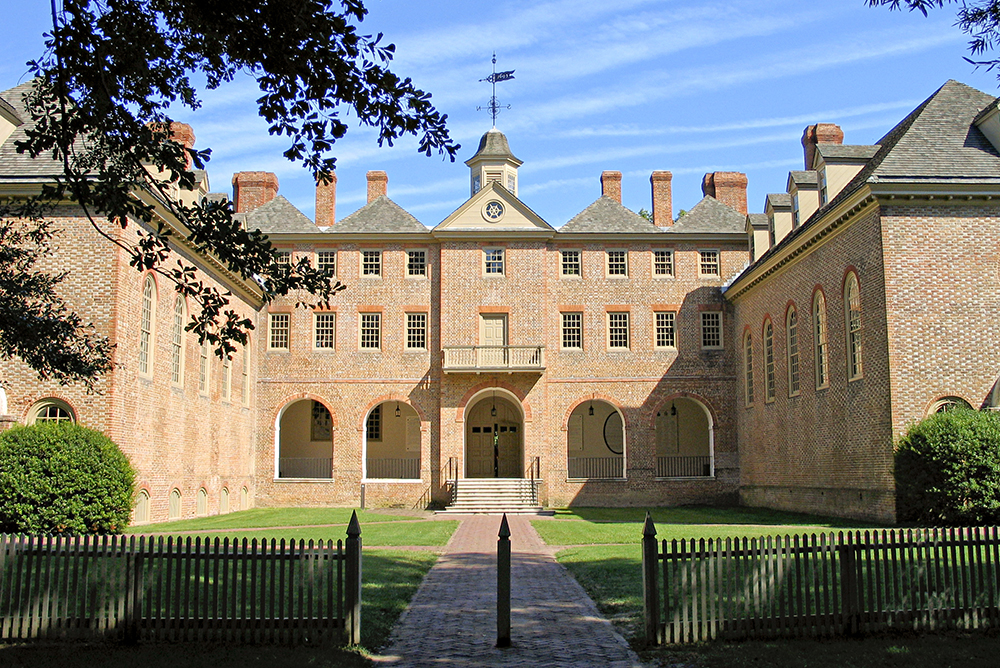
Above: The Wren Building College of William & Mary
Enjoy this article? Please consider supporting St. Luke’s with a donation!
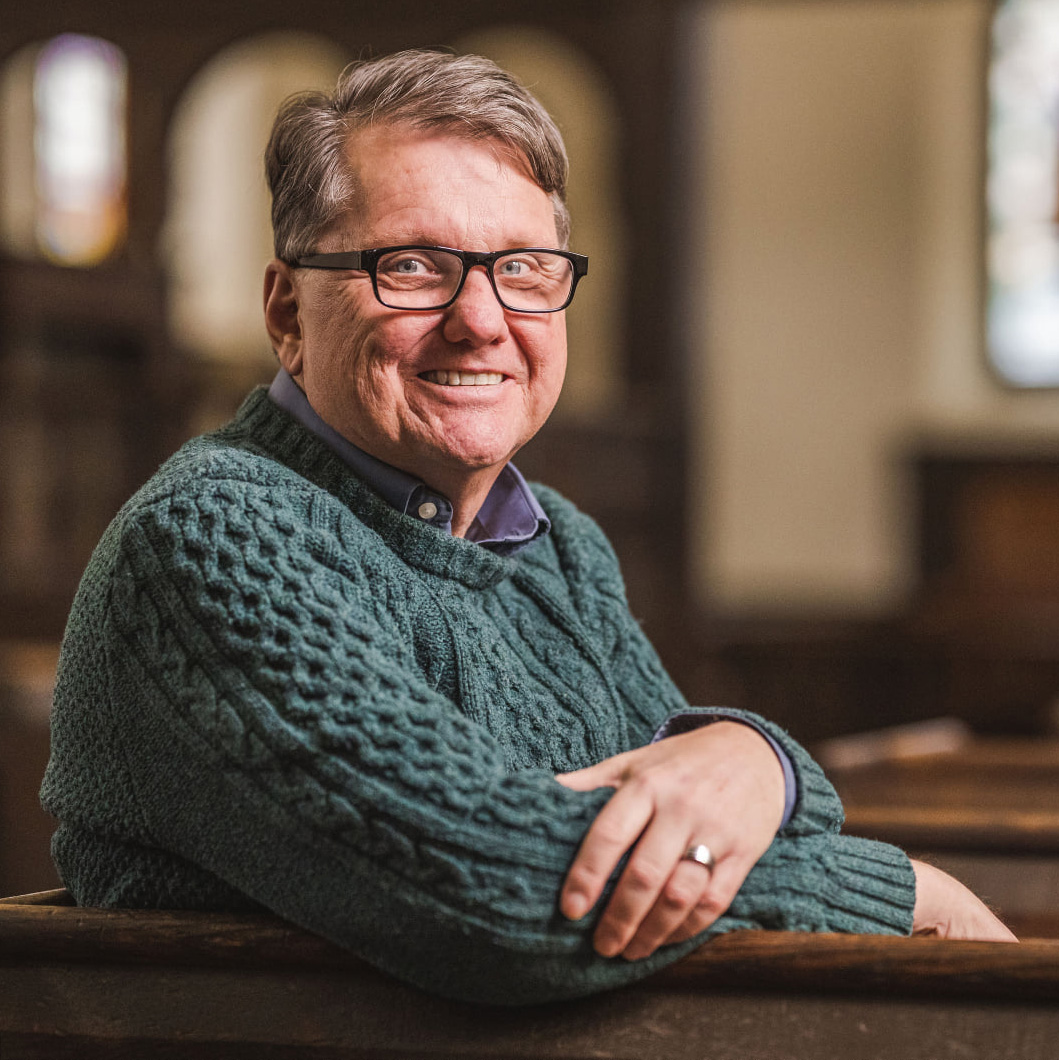
About the Author
John Ericson is the Education Coordinator and a Public Historian for St. Luke’s Historic Church & Museum. John holds a degree in History from Roanoke College and a Masters of Divinity from the Lutheran Theological Seminary at Gettysburg. In addition to John’s role at St. Luke’s, he is the Pastor of Reformation Lutheran Church in Newport News, Virginia. John is married to Oneita Jamerson Ericson, a native of Isle of Wight County, Virginia. They have three sons, Matthew, Thomas, and James, as well as two granddaughters, Carys and Lennon. The Ericsons currently reside in Hampton, Virginia. John has been teaching Reformation History and the Early American Religious Experience for more than thirty years.
